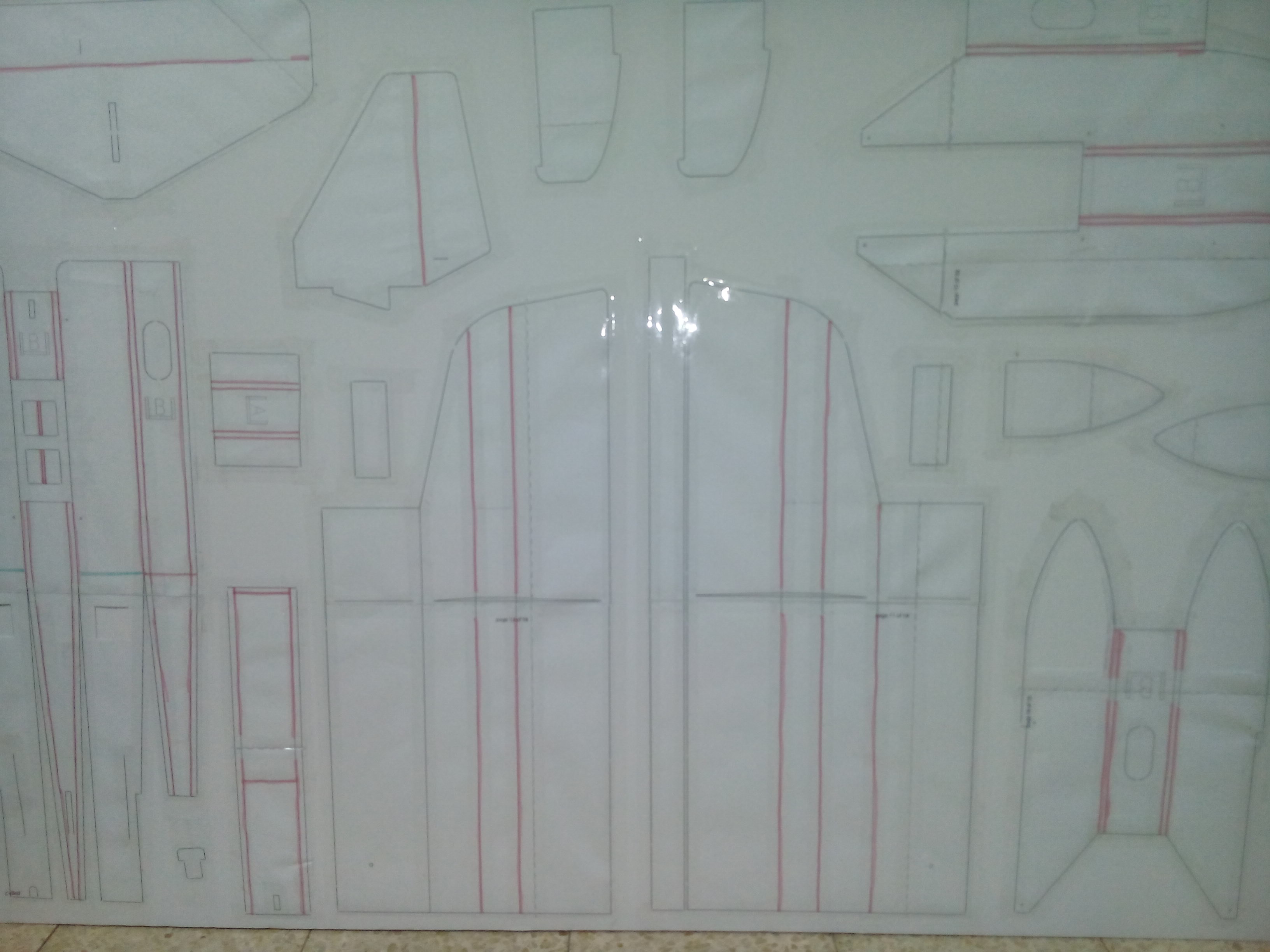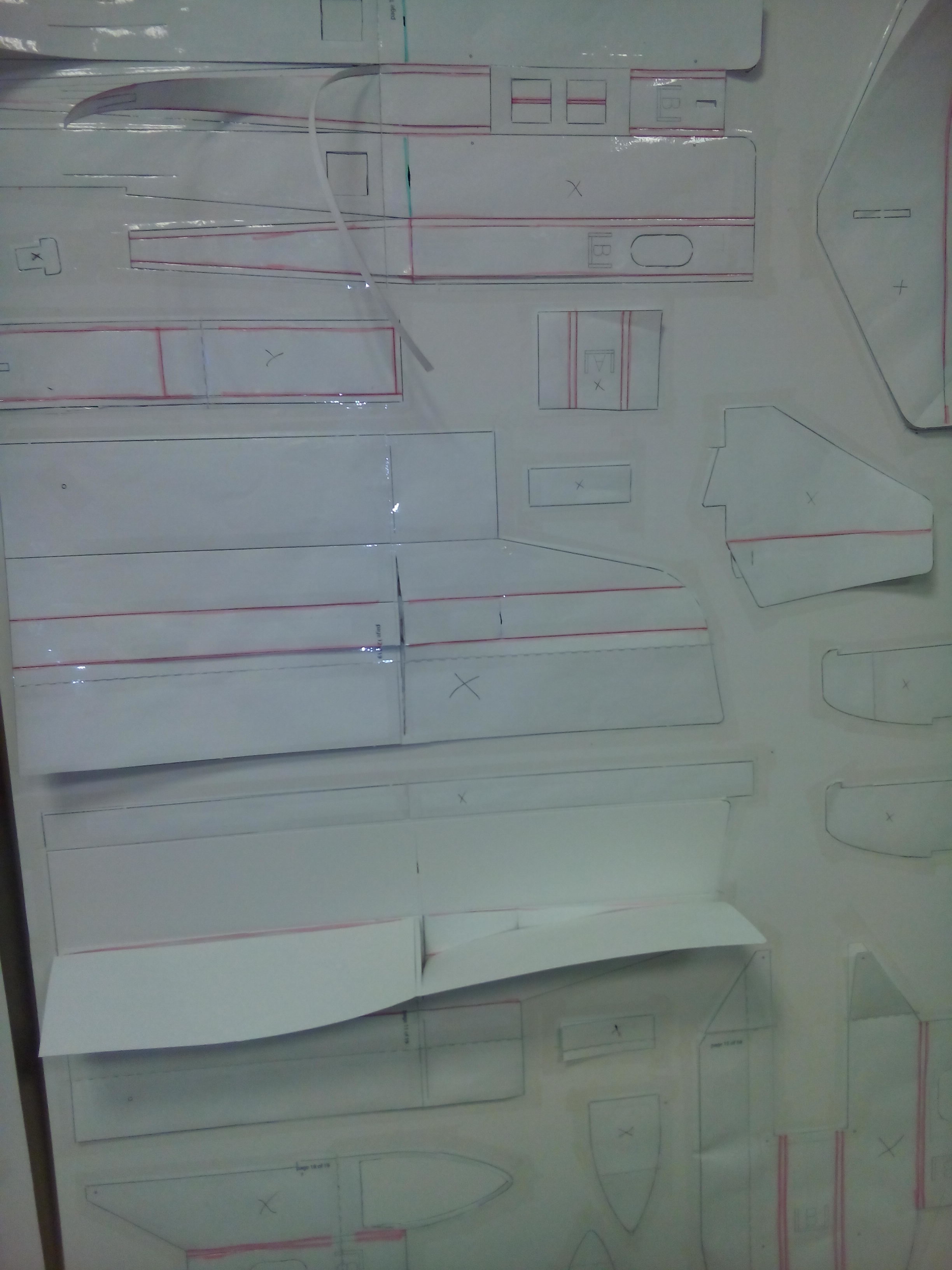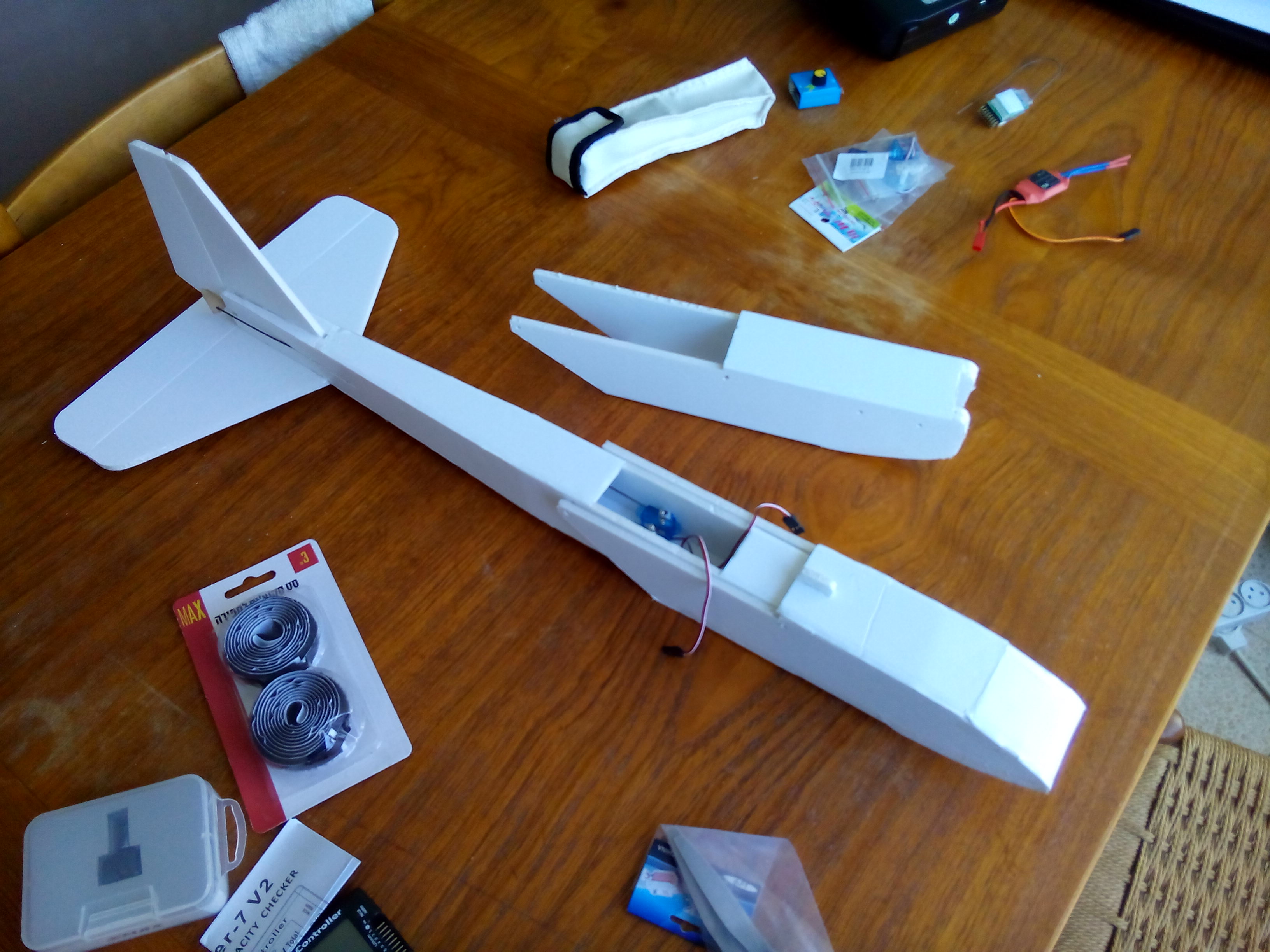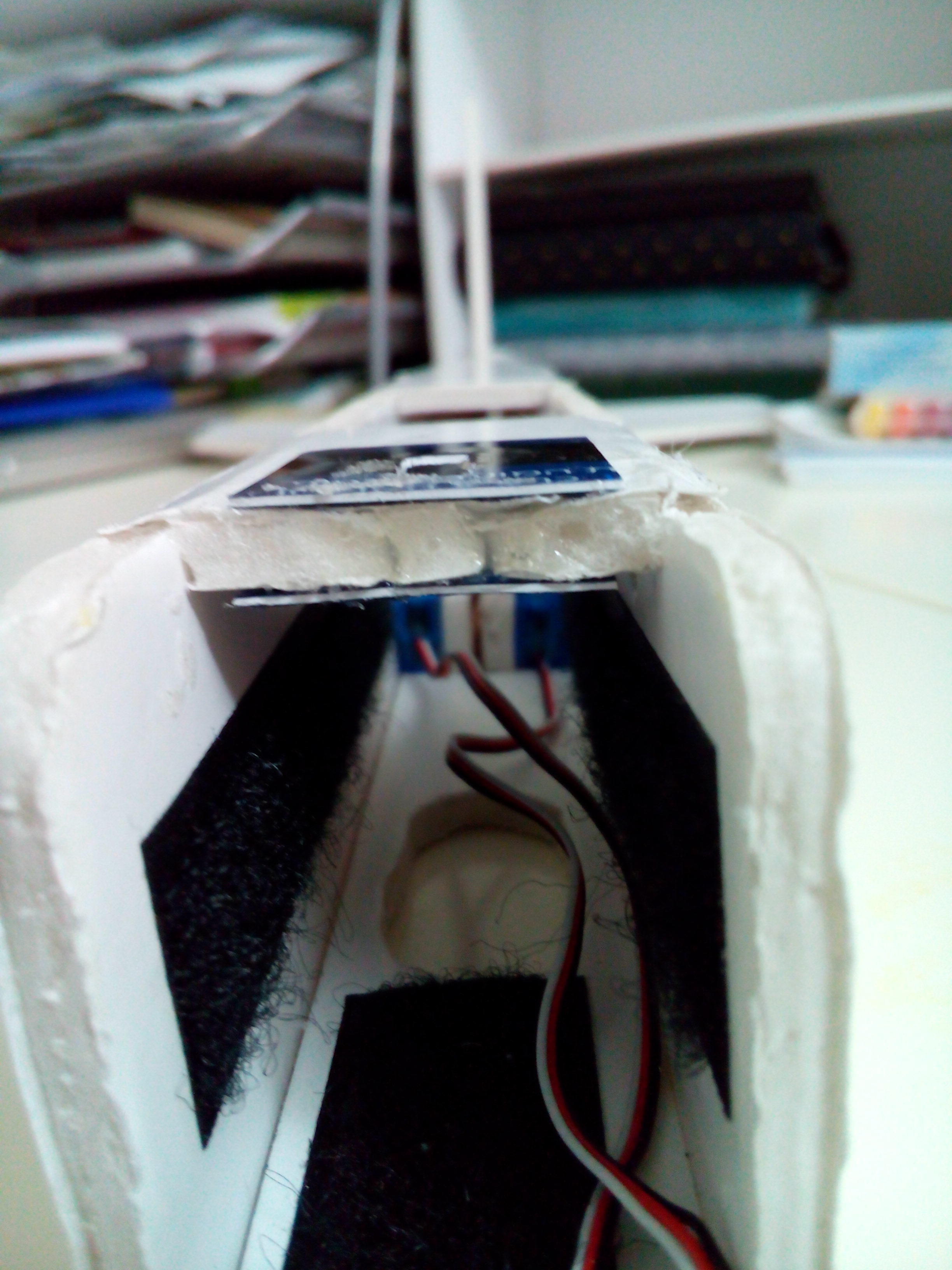mayan
Legendary member
Hey All,
I fell in love with the hobby looking for something to use as a bonding for me and my son. We started through paper planes, moved to balsa wood gliders and now trying RC. You can read more about how we started and the first experience that we had trying to fly for the first time with the FT SCub here: https://forum.flitetest.com/index.php?threads/the-hobby-newbie.54850/
After a lot of inputs that I had received from some create people on that thread and a recommendation to start training on the FT TT, I have decided to write a diary documenting the process as it was coming along. The whole process up from the building of the model and all the way through flying 4 channels.
I'd like to use this post to give you a few pointers that help me during the process. I really liked Josh Bixler's video about the pizza plane, and took that as an idea for something that can be built quickly and also be done with young ones that are still not able to use a hot glue gun or other types of glue. So the first thing I did was build a 4 times smaller version of the FT TT out a pizza box I had laying around.
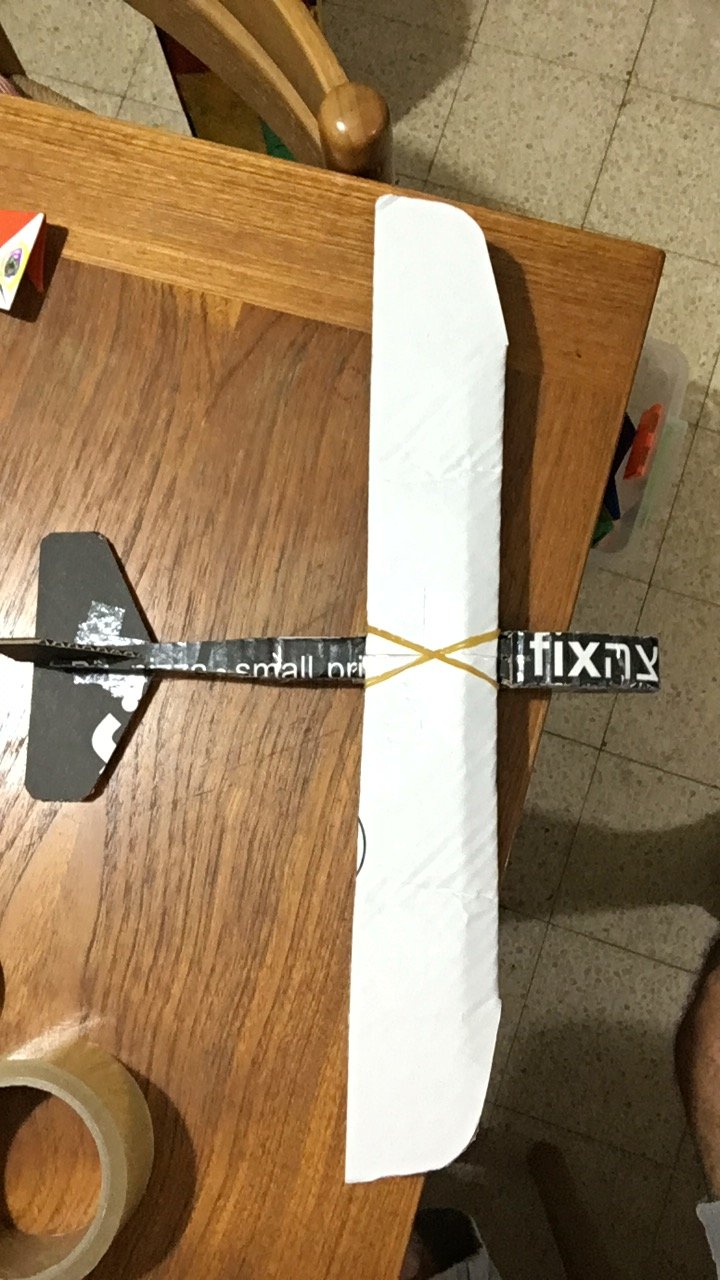
There are a few reasons why I personally started liking to build a 4 times smaller model out of pizza boxes or any other thick card board boxes, before building the full scale model out of foam board.
1) It recycles, and can be set on shelves for display or given to small ones as plane toys.
2) It helps you get a feel for how hard or easy building the model is going to be, as well as where during the build process will you need to put more attention. Basically helps you learn how to build the model better so you feel that it's prefect.
3) If you plan on giving you model a design you can also use this 4 times smaller model as a design model, printing and pasting the designs on the plane until you like what you get. Recommend to use some paper duck tape for this, so that it comes of easily.
Next to come printing out the plane plans and setting them up on foam board.
I fell in love with the hobby looking for something to use as a bonding for me and my son. We started through paper planes, moved to balsa wood gliders and now trying RC. You can read more about how we started and the first experience that we had trying to fly for the first time with the FT SCub here: https://forum.flitetest.com/index.php?threads/the-hobby-newbie.54850/
After a lot of inputs that I had received from some create people on that thread and a recommendation to start training on the FT TT, I have decided to write a diary documenting the process as it was coming along. The whole process up from the building of the model and all the way through flying 4 channels.
I'd like to use this post to give you a few pointers that help me during the process. I really liked Josh Bixler's video about the pizza plane, and took that as an idea for something that can be built quickly and also be done with young ones that are still not able to use a hot glue gun or other types of glue. So the first thing I did was build a 4 times smaller version of the FT TT out a pizza box I had laying around.

There are a few reasons why I personally started liking to build a 4 times smaller model out of pizza boxes or any other thick card board boxes, before building the full scale model out of foam board.
1) It recycles, and can be set on shelves for display or given to small ones as plane toys.
2) It helps you get a feel for how hard or easy building the model is going to be, as well as where during the build process will you need to put more attention. Basically helps you learn how to build the model better so you feel that it's prefect.
3) If you plan on giving you model a design you can also use this 4 times smaller model as a design model, printing and pasting the designs on the plane until you like what you get. Recommend to use some paper duck tape for this, so that it comes of easily.
Next to come printing out the plane plans and setting them up on foam board.




